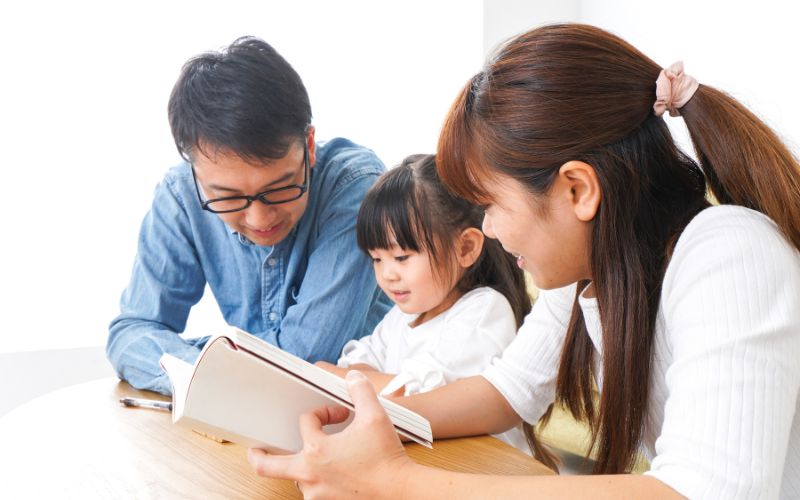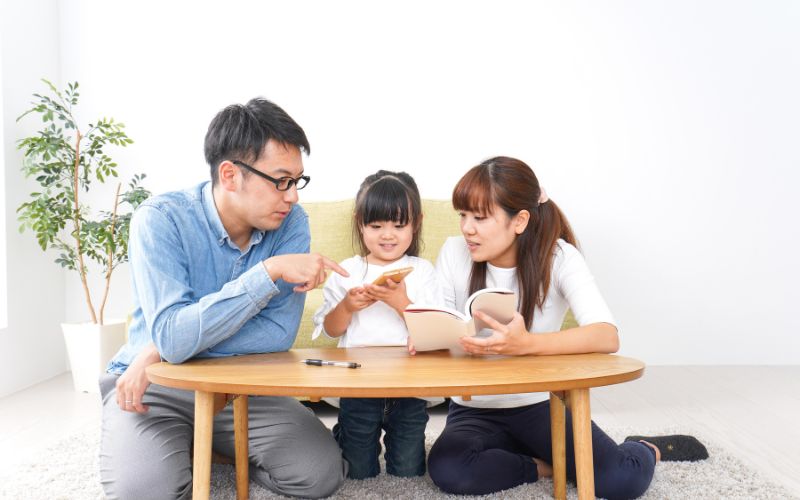Greeting people is an important skill that parents should teach their children from a young age. When a child learns to greet others, they exhibit politeness and respect, which helps build trust and foster positive relationships.
Join us as we explore ways to teach your child how to greet people and develop healthy relationships with those around them.
1 The Importance of Teaching Your Child to Greet Others
A child who greets adults upon meeting them will earn respect and admiration, as this is an important social courtesy. Greeting people properly will help your child create a positive impression and contribute to building trust in future friendships and work relationships.
 The Importance of Teaching Your Child to Greet Others
The Importance of Teaching Your Child to Greet Others
2 Greeting Etiquette for Children
Here are some greeting etiquettes for children that parents can teach their little ones:
-
Before bedtime, encourage your child to wish family members goodnight as a way of showing gratitude for the day’s care and love.
-
When saying goodbye to friends, teach them to say, “See you later!” or “Let’s meet again tomorrow.”
-
If your child is returning home from school, they should greet the family with a cheerful, “I’m home!” to let everyone know they’re safe.
-
Before leaving the house, children should also bid farewell to their parents, letting them know they’ll be back soon.
-
In the event that your child is sitting and an acquaintance approaches, they should stand up and greet them as a sign of respect. However, if a stranger initiates a greeting, your child should seek out a trusted adult nearby as they may have ill intentions. In such cases, your child doesn’t need to respond and can quickly move away or find a safe place.
-
When someone greets your child, they should reply politely with a warm, “Hello Mr./Ms. [Name]!” and can inquire about their well-being with a question like, “How are you today, Mr./Ms. [Name]?”
 Greeting Etiquette for Children
Greeting Etiquette for Children
These are some tips for parents to help their children learn how to greet people politely and earn everyone’s love. We hope this information will assist parents in raising well-mannered and socially adept children!
Source: Literary Arts Journal
3 Types of Young Children That Need to Be Corrected Before They Grow Up Without a Future
 Children That Need to Be Corrected Before They Grow Up Without a Future’>
Children That Need to Be Corrected Before They Grow Up Without a Future’>A child who displays these character traits needs to be corrected early on to prevent them from growing up into an unkind person.













